Time Period: Civil War through Reconstruction (1861 - 1874)
 Timothy Lincoln
Timothy Lincoln
Linnie Drown [Steamboat]
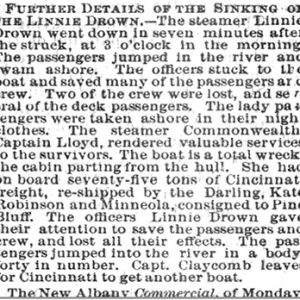 Linnie Drown Steamboat Article
Linnie Drown Steamboat Article
 Linnie Drown Steamboat Article
Linnie Drown Steamboat Article
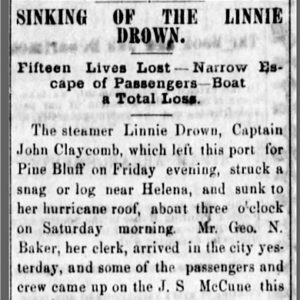 Linnie Drown Steamboat Article
Linnie Drown Steamboat Article
Little Red River, Skirmish at (June 6, 1864)
aka: Skirmish at Beeler's Ferry
Little Red River, Skirmish at (May 17, 1862)
Little Red River, Skirmishes at (June 5 and 7, 1862)
Little River, Skirmish at
Little Rock and Fort Smith Railroad
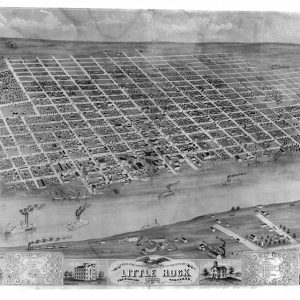 Little Rock and Fort Steele
Little Rock and Fort Steele
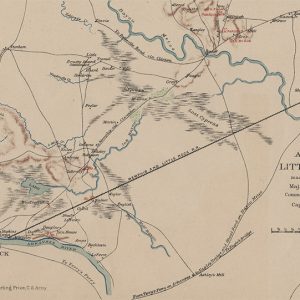 Little Rock Approaches
Little Rock Approaches
Little Rock Arsenal, Seizure of the
Little Rock Campaign
aka: Arkansas Expedition
Little Rock Convention of Colored Citizens (1865)
Little Rock Fortifications (Civil War)
Little Rock National Cemetery
Little Rock to Bayou Meto and Little Bayou, Scout from
aka: Scout from Pine Bluff to Lewis’ Landing (May 7–11, 1865)
Little Rock to Benton, Expedition from (November 2–3, 1864)
Little Rock to Benton, Scout from (March 27–31, 1864)
Little Rock to Benton, Scout from (November 27–30, 1864)
Little Rock to Benton, Scout from (September 6–7, 1864)
Little Rock to Clear Lake, Scout from
aka: Skirmish at Clear Lake
aka: Skirmish at Plum Bayou
Little Rock to Fagan’s Ford, Expedition from
Little Rock to Irving’s Plantation, Expedition from
Little Rock to Mount Elba, Expedition from
aka: Scout from Pine Bluff toward Camden and Monticello (January 26–31, 1865)
Little Rock to the Saline River, Scout from
Little Rock toward Monticello and Mount Elba, Reconnaissance from
Little Rock, Skirmish at (September 2, 1864)
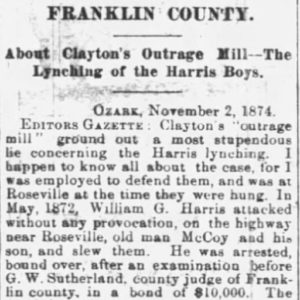 Logan County Lynching Article
Logan County Lynching Article
Logan County Lynching of 1874
aka: Sarber County Lynching of 1874
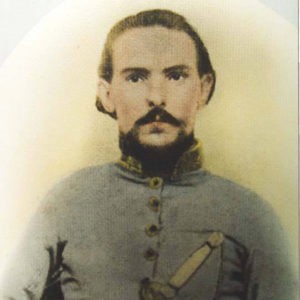 John L. Logan
John L. Logan
Longview, Skirmish at
aka: Skirmish at Easling's Farm
 Lost Prairie Location
Lost Prairie Location
Loudermilk, William Murphy
Lucas, George Washington
Lunenburg, Skirmish at
 Oliver P. Lyles
Oliver P. Lyles
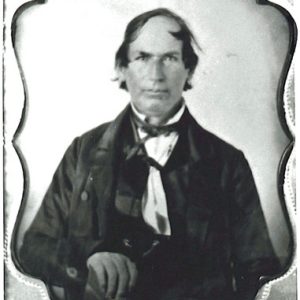 Aaron Lyon
Aaron Lyon
Madison, Skirmish at
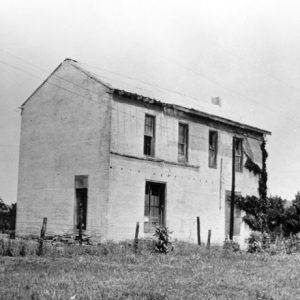 Maguiretown Store and Lodge
Maguiretown Store and Lodge
Maledon, George
Mankins, Peter “Old Pete”
 Van H. Manning
Van H. Manning
Marianna and LaGrange, Skirmishes at
 Marker Grounds
Marker Grounds




